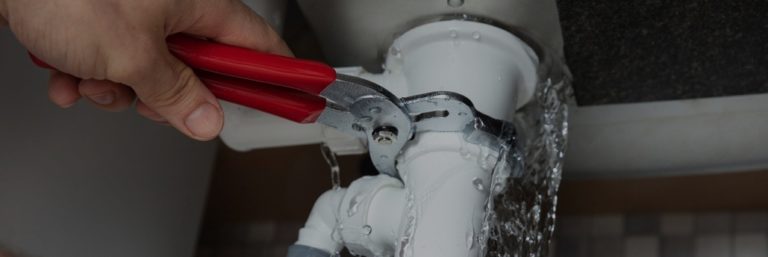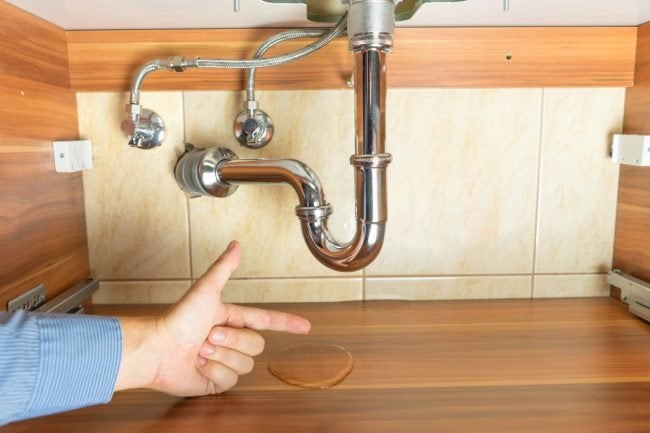Just how do you really feel with regards to Hacks to detect leaks?

Early discovery of leaking water lines can minimize a prospective disaster. Some small water leakages may not be noticeable.
1. Examine the Water Meter
Every residence has a water meter. Checking it is a proven way that helps you find leaks. For beginners, turn off all the water resources. Ensure nobody will purge, use the tap, shower, run the washing maker or dishwasher. From there, go to the meter as well as watch if it will alter. Given that no one is utilizing it, there need to be no movements. If it moves, that shows a fast-moving leak. Likewise, if you spot no changes, wait an hour or more and inspect back once more. This indicates you may have a slow leak that might also be below ground.
2. Inspect Water Intake
Assess your water expenses as well as track your water usage. As the one paying it, you need to notice if there are any type of disparities. If you detect sudden changes, despite your consumption being the same, it implies that you have leaks in your plumbing system. Keep in mind, your water expense must drop under the very same variety each month. An abrupt spike in your costs shows a fast-moving leakage.
Meanwhile, a steady increase every month, even with the same habits, reveals you have a slow-moving leakage that's likewise slowly escalating. Call a plumber to completely check your home, specifically if you feel a cozy location on your floor with piping underneath.
3. Do a Food Coloring Test
When it comes to water consumption, 30% comes from commodes. If the color in some way infiltrates your bowl throughout that time without flushing, there's a leak in between the storage tank and also dish.
4. Asses Exterior Lines
Don't fail to remember to examine your outdoor water lines as well. Must water seep out of the connection, you have a loose rubber gasket. One little leak can squander bunches of water and increase your water bill.
5. Check and also Analyze the Circumstance
Home owners should make it a behavior to inspect under the sink counters and also also inside cabinets for any kind of bad odor or mold growth. These two red flags show a leakage so punctual attention is needed. Doing regular examinations, also bi-annually, can conserve you from a major problem.
Much more significantly, if you know your home is already old, keep a watchful eye on your heating units, pipes, pipelines etc. Look for discolorations and compromising as a lot of home appliances as well as pipes have a life expectancy. They will also naturally deteriorate due to wear and tear. Do not wait for it to rise if you presume dripping water lines in your plumbing system. Call an expert plumber right now so you don't end up with a terrible mess in your house.
Early detection of dripping water lines can minimize a prospective disaster. Some small water leaks might not be noticeable. Checking it is a proven means that assists you discover leakages. One small leak can lose lots of water and increase your water expense.
If you suspect dripping water lines in your plumbing system, do not wait for it to escalate.
WARNING SIGNS OF WATER LEAKAGE BEHIND THE WALL
PERSISTENT MUSTY ODORS
As water slowly drips from a leaky pipe inside the wall, flooring and sheetrock stay damp and develop an odor similar to wet cardboard. It generates a musty smell that can help you find hidden leaks.
MOLD IN UNUSUAL AREAS
Mold usually grows in wet areas like kitchens, baths and laundry rooms. If you spot the stuff on walls or baseboards in other rooms of the house, it’s a good indicator of undetected water leaks.
STAINS THAT GROW
When mold thrives around a leaky pipe, it sometimes takes hold on the inside surface of the affected wall. A growing stain on otherwise clean sheetrock is often your sign of a hidden plumbing problem.
PEELING OR BUBBLING WALLPAPER / PAINT
This clue is easy to miss in rooms that don’t get much use. When you see wallpaper separating along seams or paint bubbling or flaking off the wall, blame sheetrock that stays wet because of an undetected leak.
BUCKLED CEILINGS AND STAINED FLOORS
If ceilings or floors in bathrooms, kitchens or laundry areas develop structural problems, don’t rule out constant damp inside the walls. Wet sheetrock can affect adjacent framing, flooring and ceilings.
https://www.servicemasterbyzaba.com/blog/how-to-detect-water-leakage-in-walls/

I ran across that article on Top leak detection hacks while doing a search on the web. You should take the time to distribute this blog posting if you appreciated it. I thank you for reading our article about Locating water leaks.